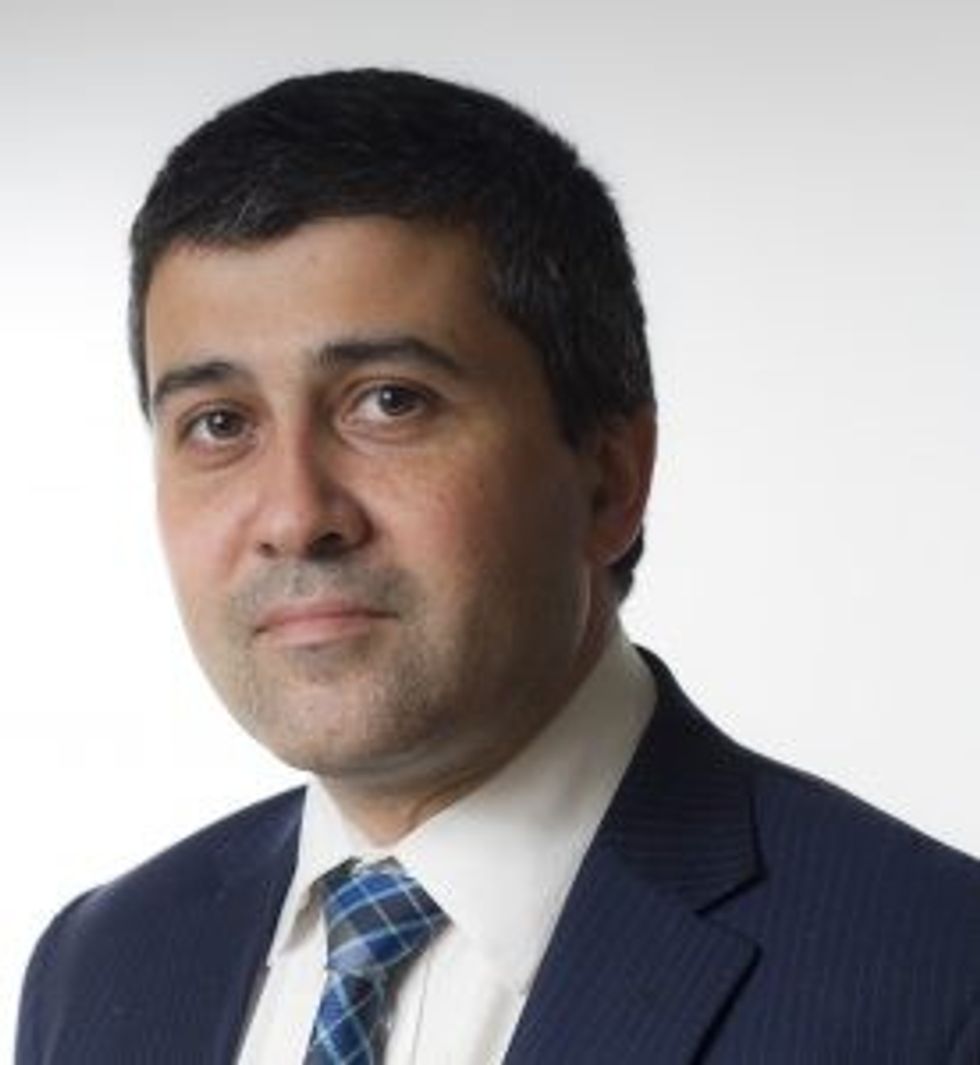By Dinesh Sharma
AS THE two leading democracies – US (oldest constitutional democracy) and India (largest constitutional democracy) – continue to tighten their embrace, prime minister Narendra Modi may be promoted to the “hugger-in-chief,” who was formerly known as the “chaiwallah.”Chai has now become a specialty drink – you can find it at any Starbucks and in most local US restaurants. And as vegetarian food becomes part of the American diet, along with yoga and samosas, there seems to be a general acceptance of Hindus and Indian Americans as part of the American culture.
Most Americans on the street still may not know who Modi is. But most Indian Americans will know that Donald Trump embraced the Hindus with his avuncular phrase: “I love the Hindus!” or “Abki baar, Trump sarkar” on the Jimmy Kimmel show. These memes went viral during the 2016 election in the diaspora community.
Interestingly, this visit is timed to gain maximum advantage with the upcoming election, and garner votes from four million Indian Americans. Many Indian Americans have been promoted in the Trump administration. At the recent Diwali lighting ceremony at the White House, no fewer than 22 Indian American administrators were present. Trump called them “a very special people”.
The strategic partnership that began under Bill Clinton more than two decades ago has continued to expand and mature under George W Bush, Barack Obama and Donald Trump. The presidents may have changed, but the policy, with few ups and downs, has remained consistent. Progressive Indians with a global outlook generally have preferred democratic US presidents, with the history of the civil rights movement to back them up, while the business-oriented Indians have preferred the Republicans, who believe in open trade, free markets and unfettered growth.
There is an intensification of ties after the liberal reforms led by Manmohan Singh when he was finance minister; India undertook these reforms with the help of the US government. During the post-independence period from 1947 to 1991, which marked the onset of liberal reforms, only three US presidents had visited India, namely Dwight D Eisenhower (1959), Richard Nixon (1969) and Jimmy Carter (1978). Now, Indians have hosted visits from every US president starting with Bill Clinton (2000), George W Bush (2006), Barack Obama who visited twice (2010 and 2015), and Donald Trump (2020), whose daughter Ivanka had conducted her own official visit earlier.
As the headlines stated, US and India are natural allies and see themselves fighting terrorism, defending democracy and the rule of law. The long-wished for goal of the India-US partnership to triangulate China not only in the Asia-Pacific but around the world, may be slowly becoming a reality.
As Ashley Tellis has stated recently, “Yet three years into Trump’s presidency, the strategic partnership with India that successive US administrations have cultivated as a silent bulwark against China hasn’t just survived – it has flourished.”
Meanwhile, the business ties and people-people relations have continued to increase. Many big technology companies now boast Indian American CEO’s and middle managers. The triumvirate success of Microsoft, Google and IBM has given Indian American CEO’s a hat trick with Satya Nadella, Sunder Pichai and Arvind Krishna at the helm, respectively. This is a business success story, a case study that needs to be fully unpacked to understand the ‘secret sauce,’ but there is no doubt the geo-political relationship within the context globalisation has helped.
Similarly, Indian American politicians have had a good run this political season. While none of them have fully made it yet through to the primary or to the general elections, they have not been exactly taking it easy. From Kamala Harris, Raja Krishnamoorthi, Ami Berra, Pramila Jayapal, Preet Brahara, to Neal Katyal; all have been very active in the public sphere.
Standing on the shoulders of giants like Dalip Singh Saund, who was the first Asian American and first Sikh American elected to the US Congress in 1957 from Stockton, CA, the new wave of public figures have shown that India’s growing soft power is still instrumental in shaping the American dialogue for the next century.
In his biography titled, Congressman from India (1960), DS Saund wrote, “My guideposts were two of the most beloved men of history, Abraham Lincoln and Mahatma Gandhi. …I find comfort in the Declaration of Independence and hope for mankind in the great inalienable truths expressed in the Bill of Rights.”
In the cacophony of Indian American diaspora today, I can hear and relate to the echoes of DS Saund’s words and lived experience.
It is the soft power of the two democracies – examples of martyrs like Lincoln and Gandhi – that will shape not only the enduring values of the strategic partnership between India and the US, but also the future of the planet in the 21st century.
The author is Associate Professor at John Jay College, City University of New York, and Chief Research Officer at Steamworks.















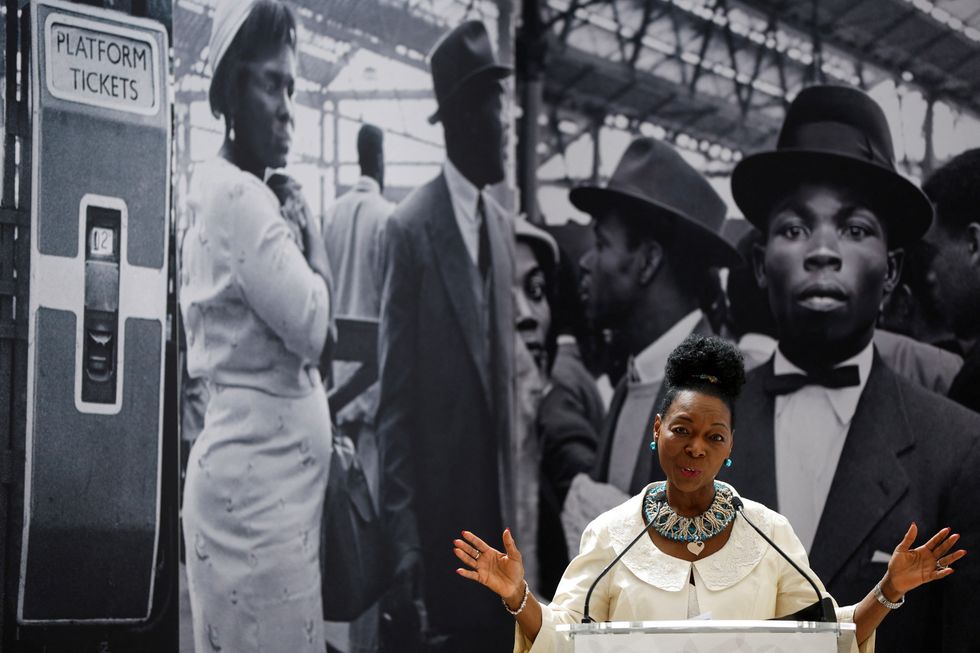 LONDON, ENGLAND - JUNE 22: Baroness Floella Benjamin speaks during the unveiling of the National Windrush Monument at Waterloo Station on June 22, 2022 in London, England. The photograph in the background is by Howard Grey. (Photo by John Sibley - WPA Pool/Getty Images)
LONDON, ENGLAND - JUNE 22: Baroness Floella Benjamin speaks during the unveiling of the National Windrush Monument at Waterloo Station on June 22, 2022 in London, England. The photograph in the background is by Howard Grey. (Photo by John Sibley - WPA Pool/Getty Images)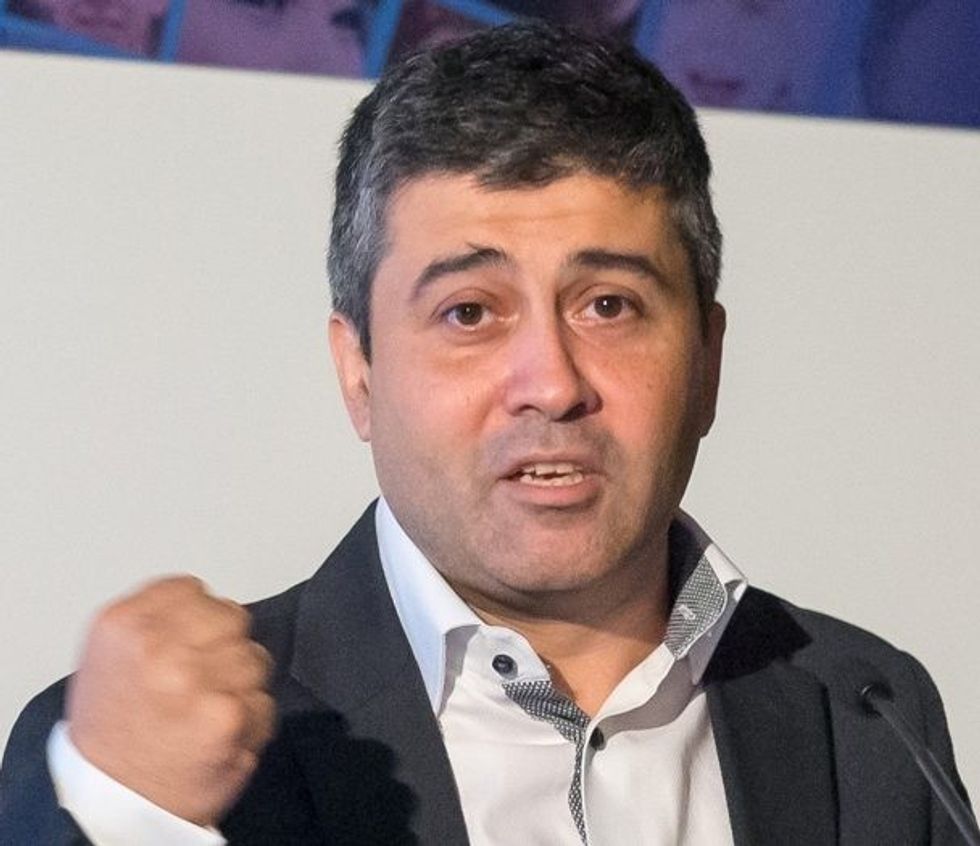

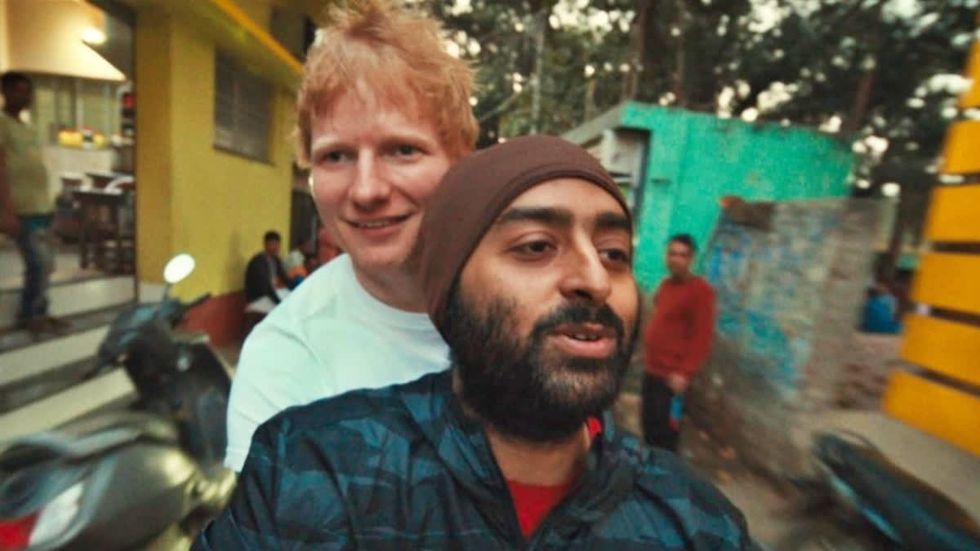 Ed Sheeran and Arijit Singh
Ed Sheeran and Arijit Singh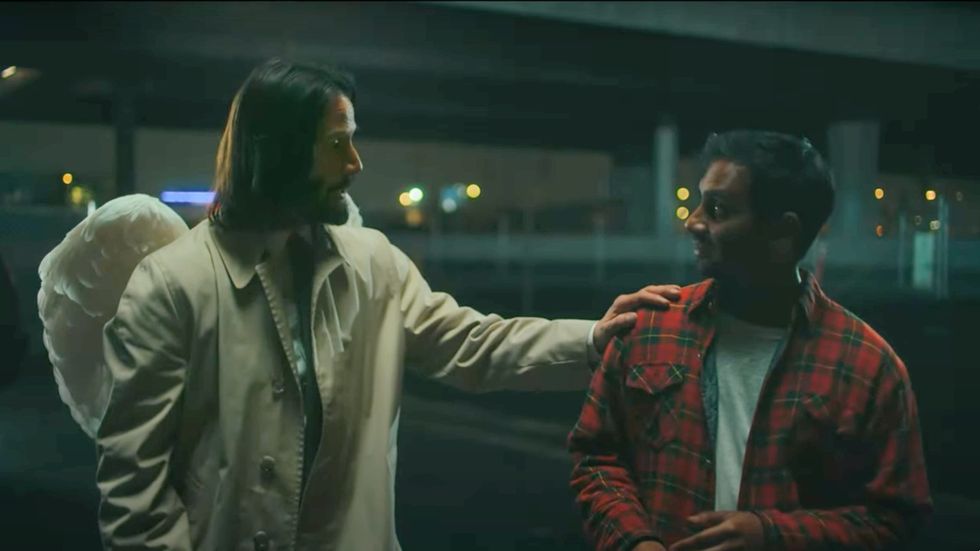 Aziz Ansari’s Hollywood comedy ‘Good Fortune’
Aziz Ansari’s Hollywood comedy ‘Good Fortune’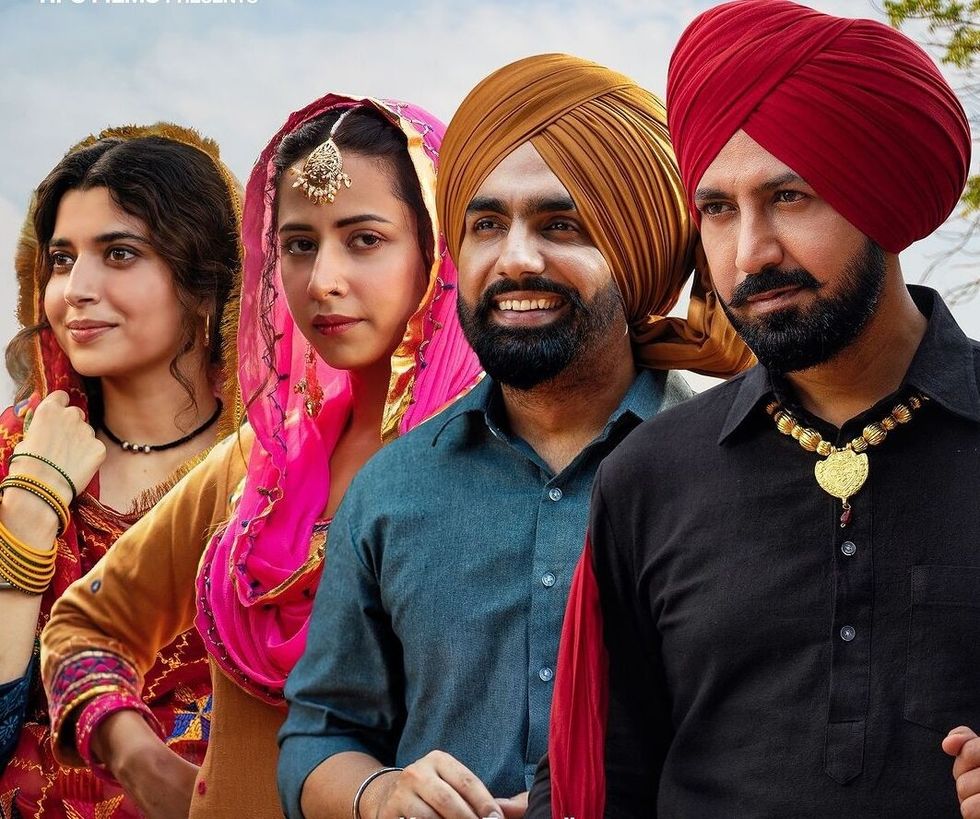 Punjabi cinema’s power-packed star cast returns in ‘Sarbala Ji’
Punjabi cinema’s power-packed star cast returns in ‘Sarbala Ji’ Mahira Khan
Mahira Khan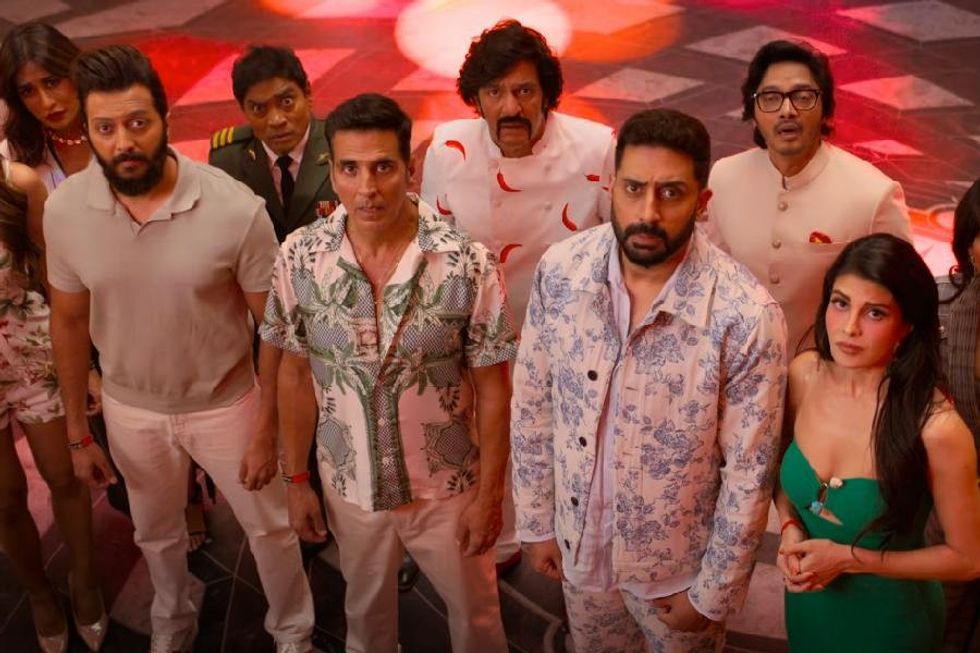 ‘Housefull 5’ proves Bollywood is trolling its own audience
‘Housefull 5’ proves Bollywood is trolling its own audience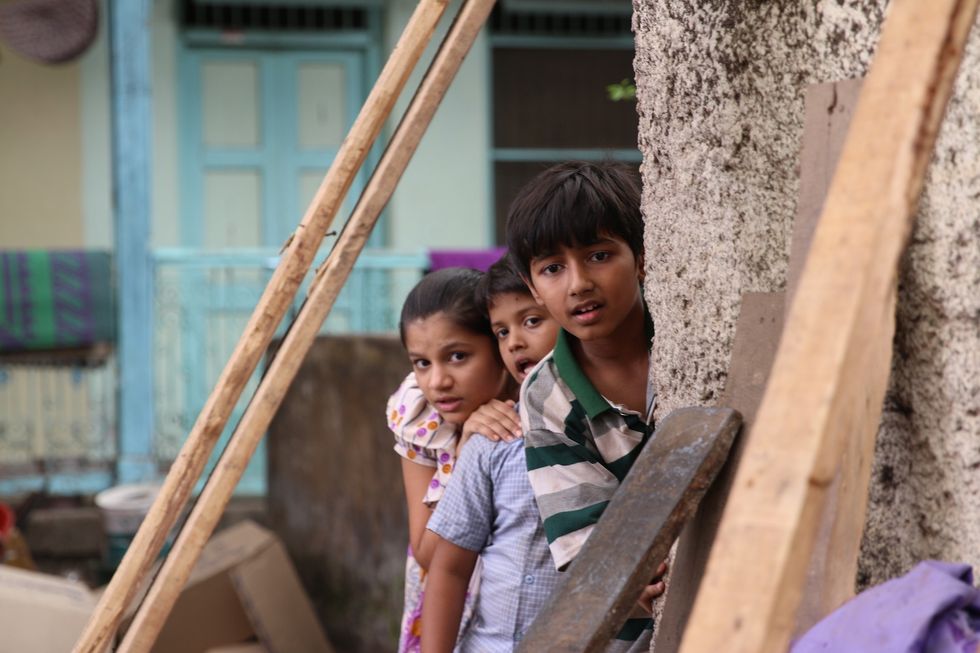 Brilliant indie film ‘Chidiya’
Brilliant indie film ‘Chidiya’ 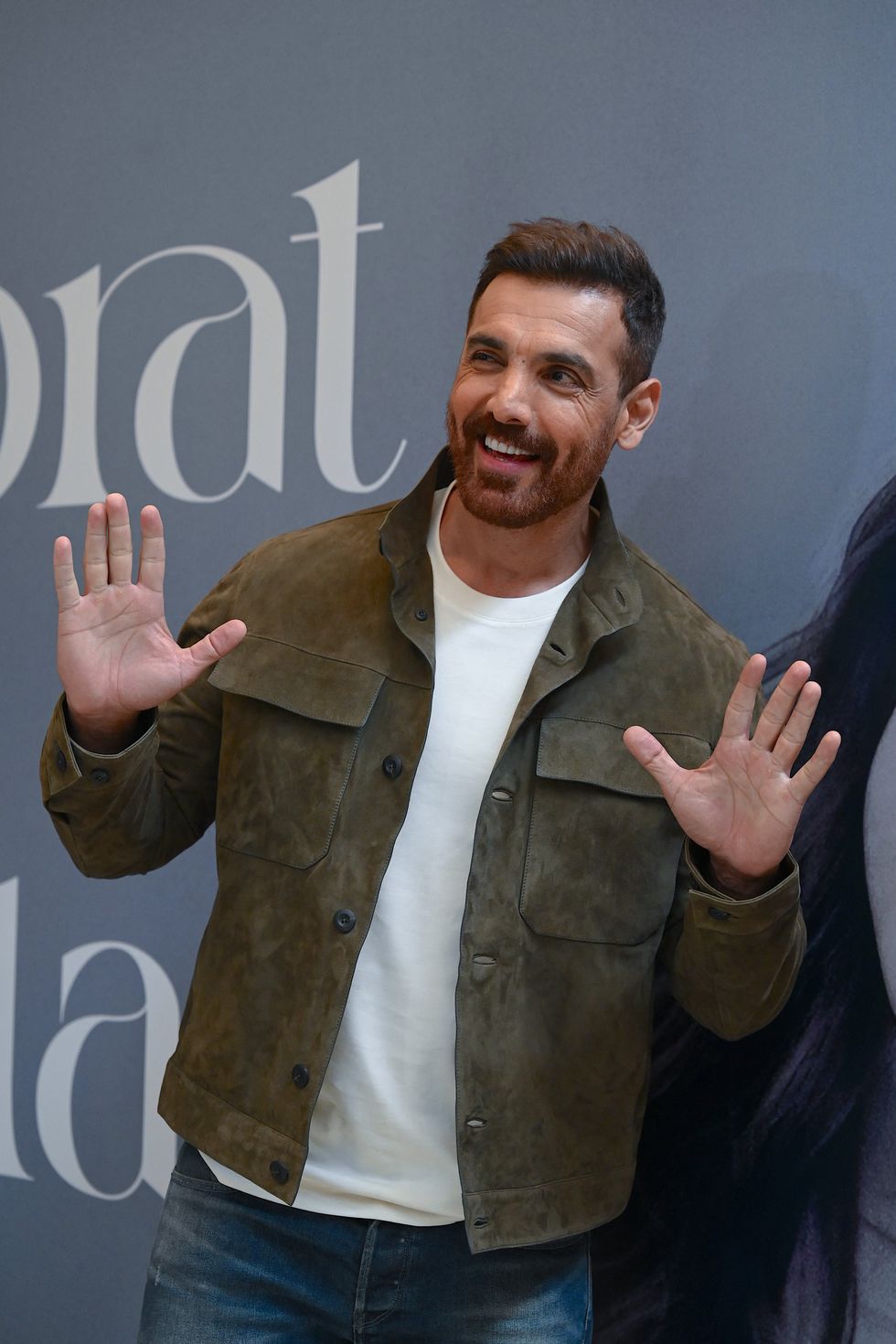 John Abraham
John Abraham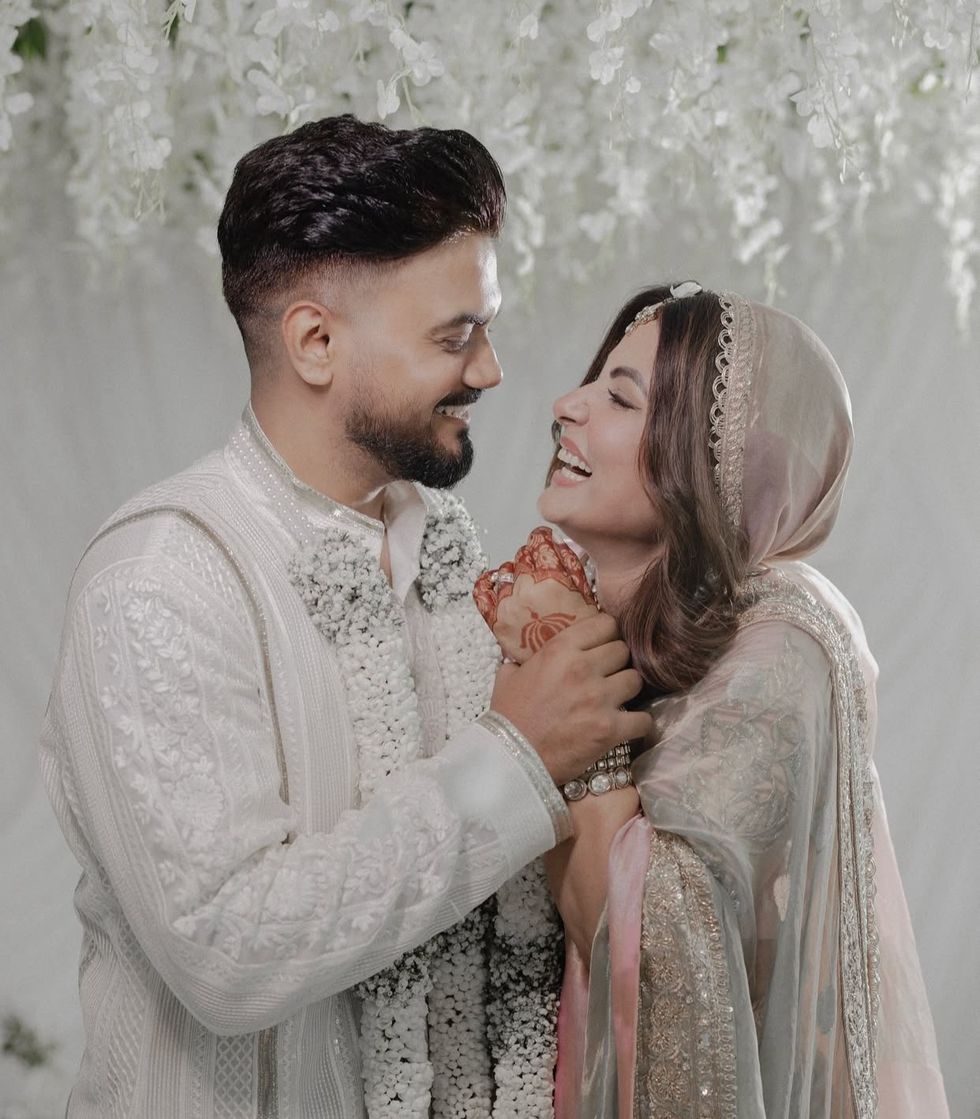 Hina Khan and her long-term partner Rocky Jaiswal
Hina Khan and her long-term partner Rocky Jaiswal 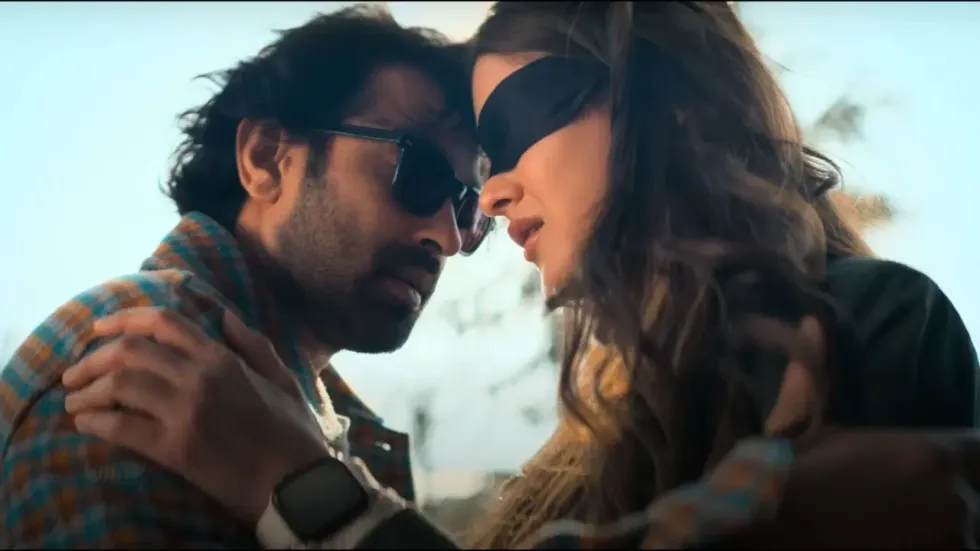 Shanaya Kapoor's troubled debut
Shanaya Kapoor's troubled debut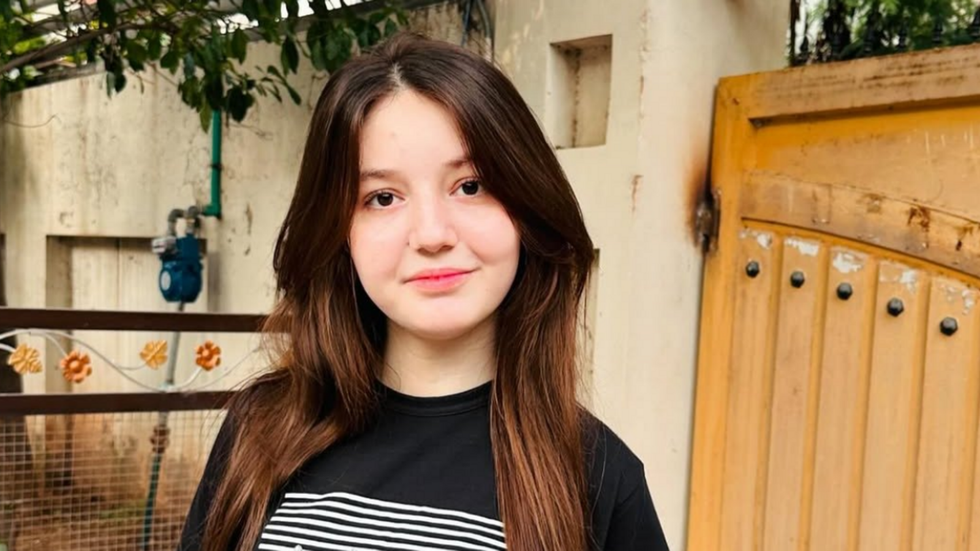 Sana Yousuf
Sana Yousuf

